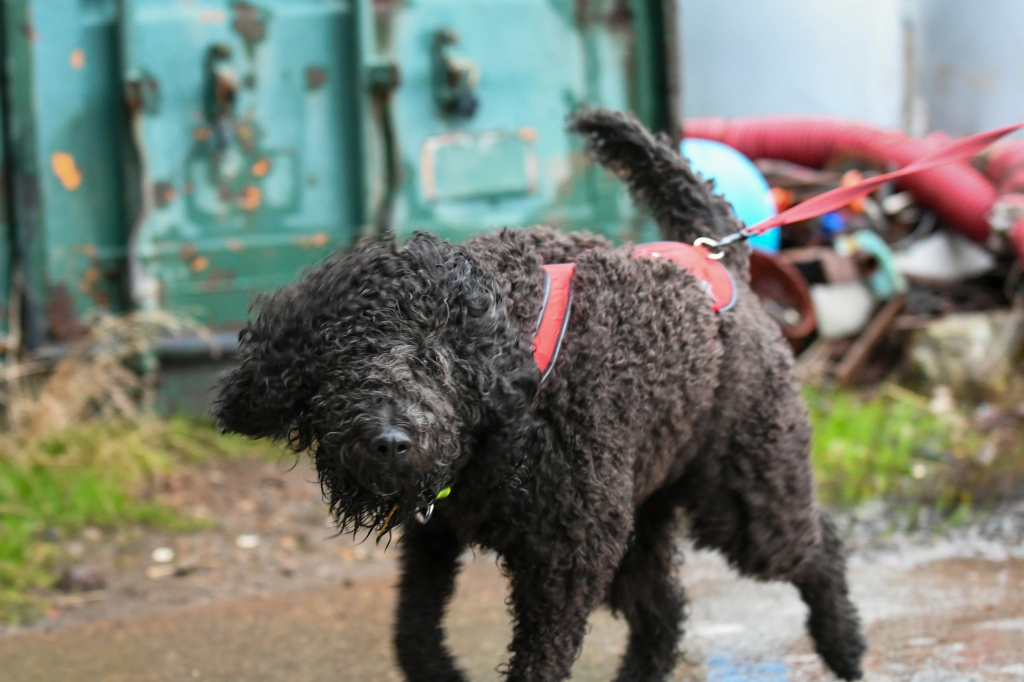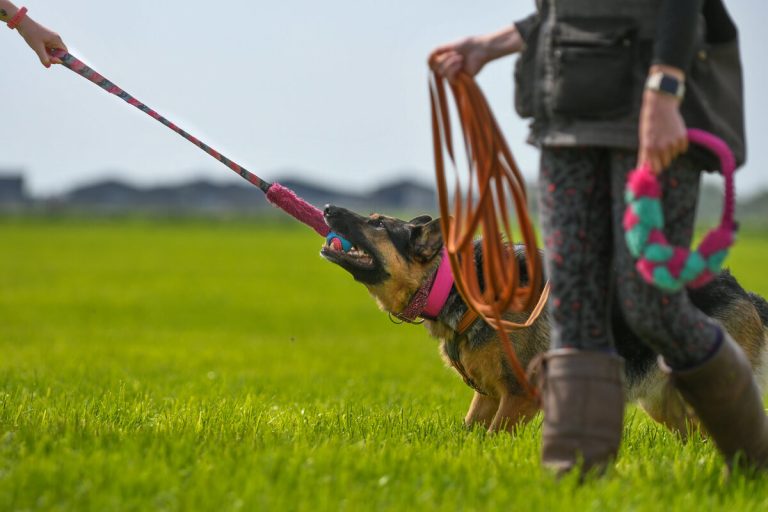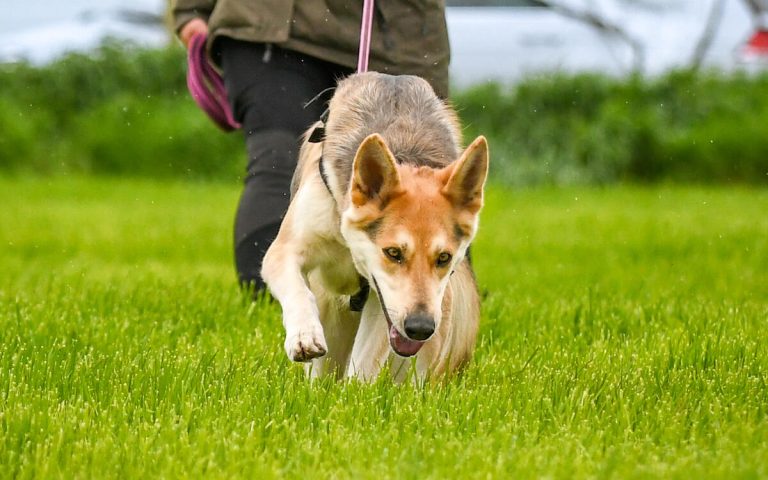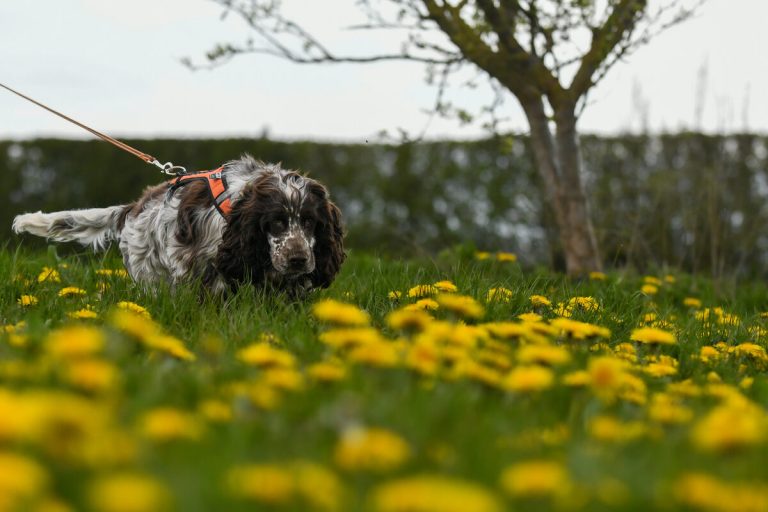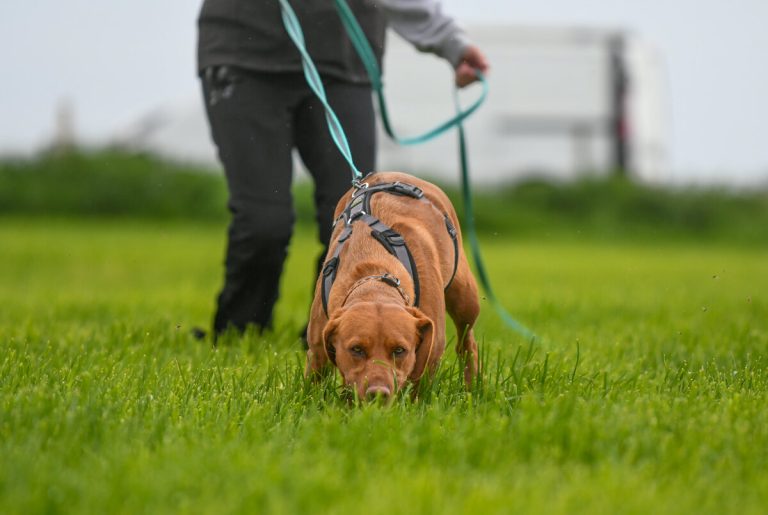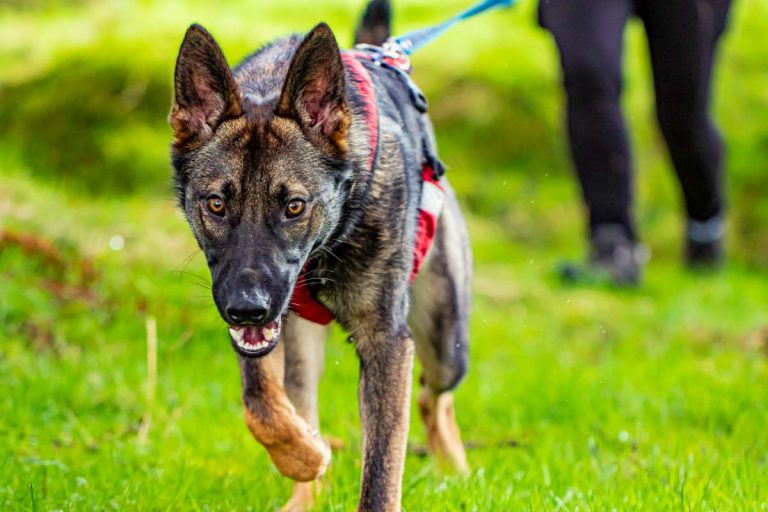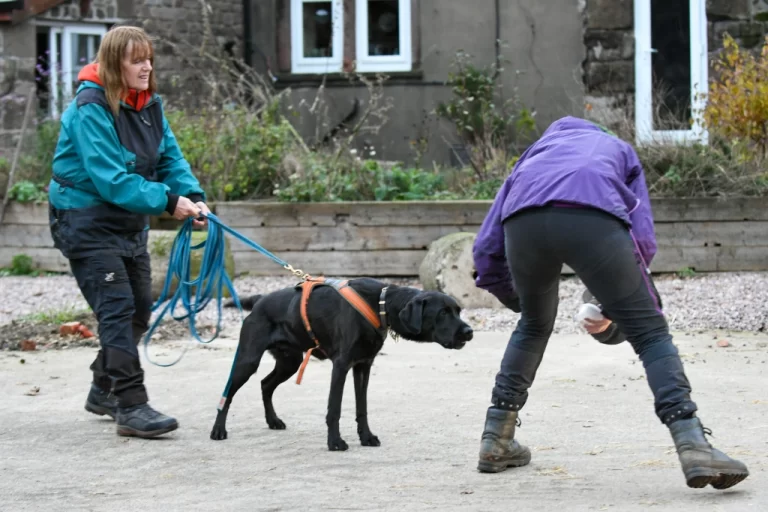Choosing Long Lines for Mantrailing
What is a Long Line?
If you’re stepping into the world of mantrailing, one of the first bits of kit you’ll hear about is the long line. But what is it, and why is it so important?
A long line is simply a lead that’s longer than your everyday walking lead — usually around 8–10 metres — and it clips to your dog’s harness when trailing. Unlike retractable leads, it’s a static line, which means it doesn’t extend or snap back. This lets us keep a steady, consistent connection with our dogs while they work scent.
Think of the long line as your safety line on the trail. It’s what keeps your dog safe if they veer towards a road or hazard, but it’s also how you work as a team. Through the line, you can feel what your dog is telling you: whether they’re pulling with purpose, casting to re-find the trail, or hesitating because the scent picture is tricky.
Here’s the golden rule though — the long line isn’t there to control or correct your dog. It’s not about steering. It’s about listening through the line and giving subtle support if your dog needs it.
Types of Long Lines
Just like dogs, not all long lines are the same. They come in different materials, weights, and feels — and the “right” one depends on both you and your dog.
Rubber Gripped
The rubber gripped long line is a line which has a rubber material built into the fabric which allows more grip for the handler.
These are especially good for stronger dogs due to the added grip the lines create, so that the line doesn’t slip between the fingers causing burns on the hands. This type of line tends to be at least an inch wide to make sure there is enough grip in the line.
This is the type of line I use and make here in Mid Wales.
You can buy them HERE
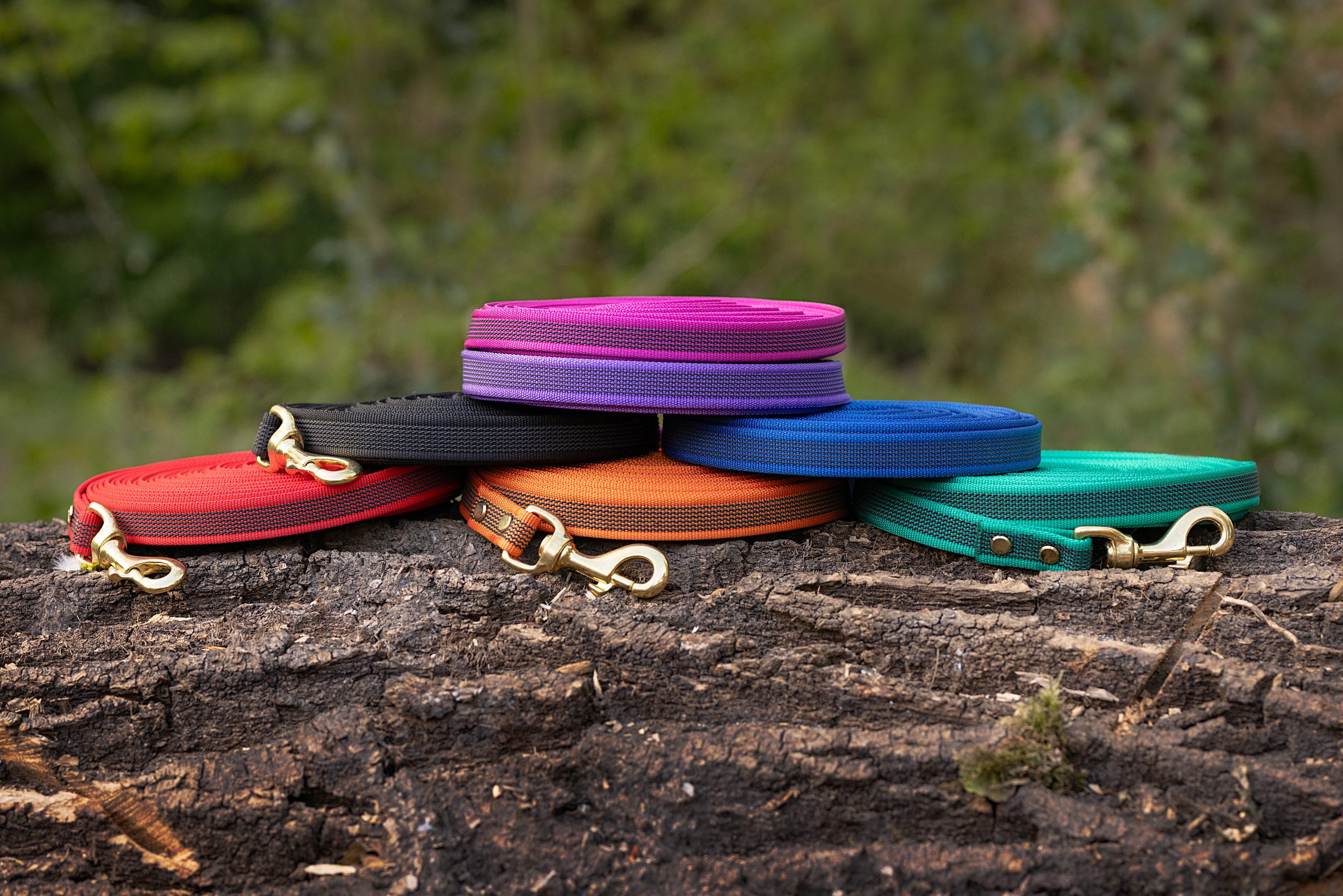
Biothane
Biothane is a tough, eco-friendly alternative to leather that comes in a rainbow of colours. It’s waterproof, wipe-clean, and available in lighter weights (perfect for smaller dogs or handlers who prefer less bulk).
I recommend the lines from Kim at Serendipity Dog Wear Co
The option for smaller dogs to have a lighter weight line can help not hinder their mantrailing. It is also great for those who find reeling in the line more complex as there is less to hold.
The main issue with biothane is that it can be slippy when wet, so make sure your line handling is on point!
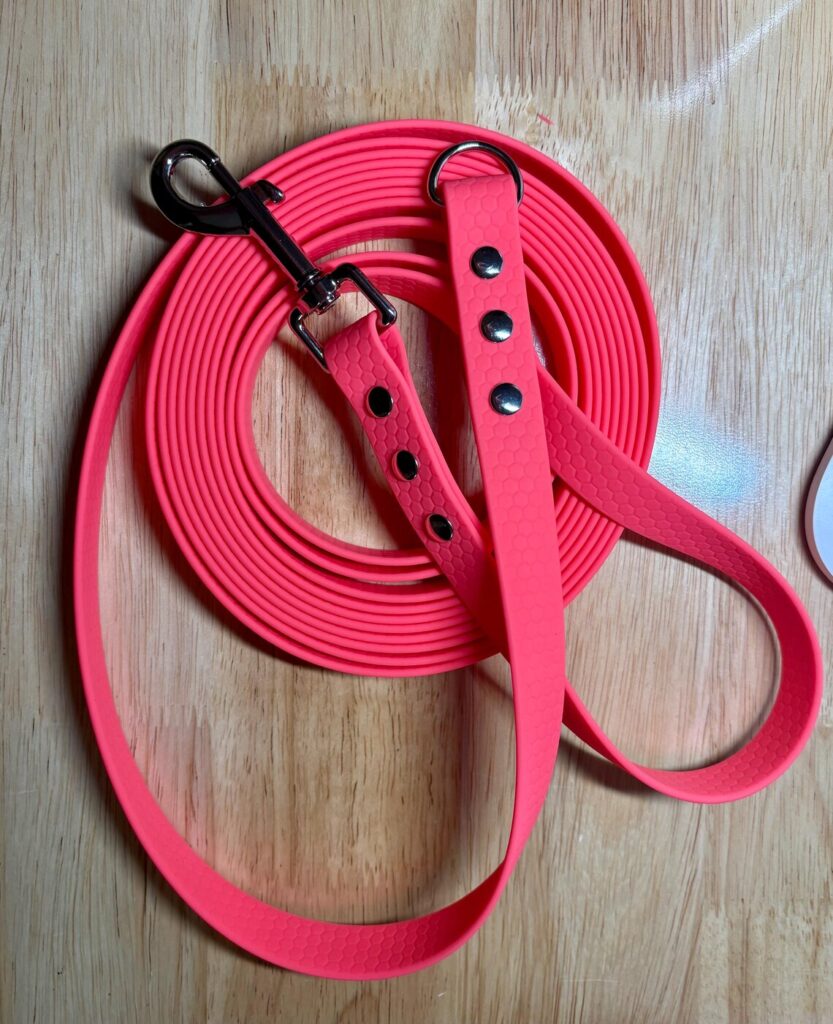
Leather
Leather long lines are the original long lines and are very durable and able to be used in a variety of weather and environments without getting slippy or caught on things.
Leather lines are more costly to buy than the other lines, and take time to wear in. You need to soften the leather with use mantrailing, and there is upkeep to the line to keep it in top condition.
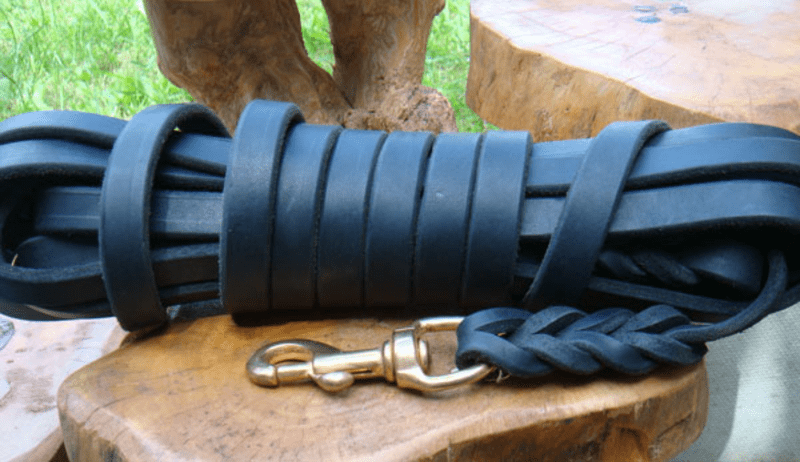
Nylon Lines
Nylon lines are a budget friendly option and can be durable and easy to handle as they are very light weight, they are the most common lines seen in pet shops.
The Nylon line can easily cut your hand if pulled at speed, as the edge are crisp. They are not recommended for stronger dogs due to the lack of natural grip on the line and risk of cutting the hand.
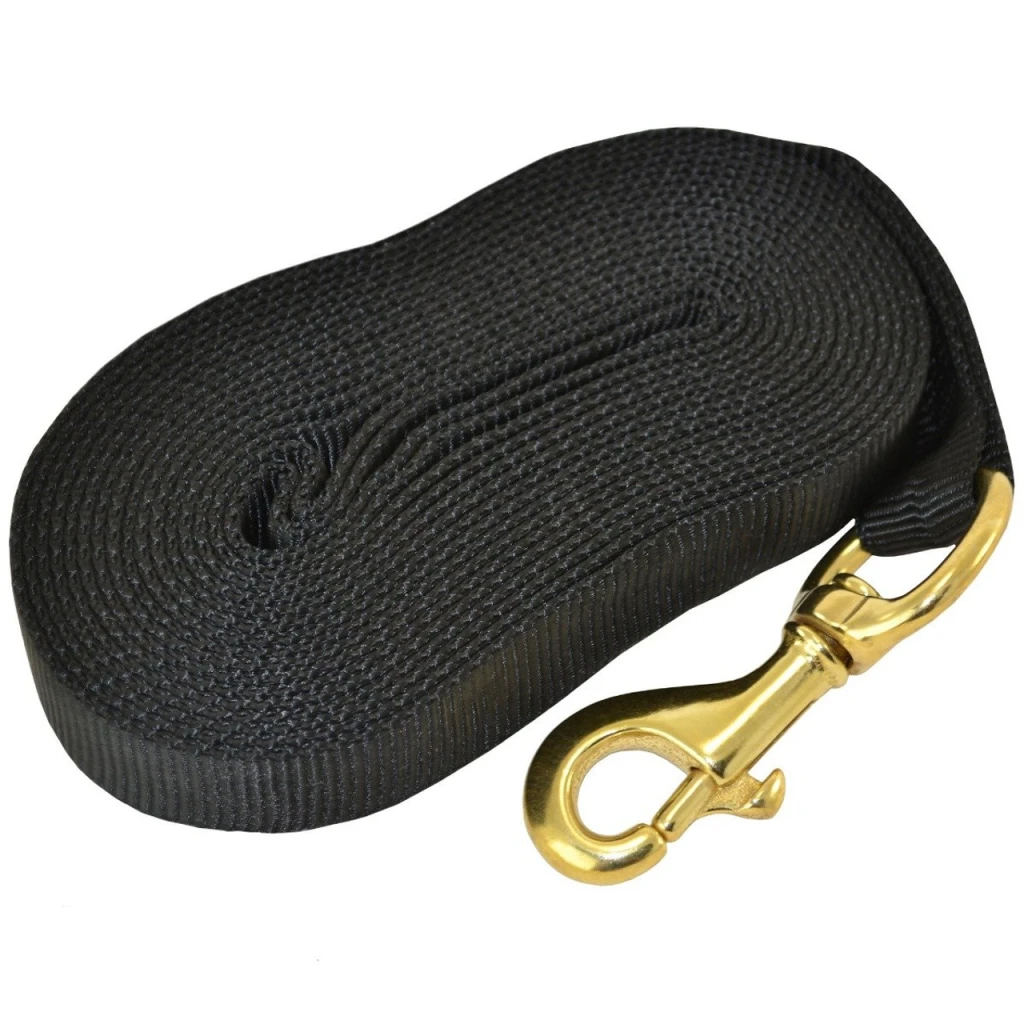
Choosing the Right Long Line
- The biggest thing to look at is the strength of your dog when trailing. Are they a steam trains who drag you down the trail, or methodical sniffers who saunter down the trail? Every dog trails differently and you need to take them into account, over anything. The stronger the dog the more likely that a rubber gripped line will be more suitable.
- The weight of the line is the next to the consider. Smaller dogs may need a lighter weight line to trail with, heavy lines could be negative to them with the weight slapping against their back so in this case a light weight leather or biothane line would suit a smaller dog.
- We also need to consider the weight of the line for us, we have to carry it along with us and lighter lines can be easier to handle, where as heavier may feel more secure in your hands. Heavier lines are generally considered to be more sturdy as well, with more tensile strength.
- Then length is the next factor. Generally lines are 5m to 10 meters long. Often we don’t use the whole length of line for most dogs, but dogs which cast widely in search of scent may need 10m in which to find the trail again. A short line will impede your dogs ability to trail in some cases, and could lead to you correcting the dog by over handling. Where as a line that is too long can lead to tangles, or dogs getting injured as we can’t stop them going towards hazards. The perfect length is 10 meters long, with most people using the long line at 6-8 meters on a normal trail.
A lot of line choice comes down to your handling skills, and it is worth trying different types of long lines in order to see what type suits you and your dog. Your instructor should be able to lend you a variety of long line types to try.
If you have a fast dog which is rapid on the trail a top tip is to put a knot or rivet on the line at 8 and 9 meters on the long line so you when you are coming to the end of the length.
We do not advise you have a handle on the end of the long line as it can be tempting to wrap the line around your wrist. This is dangerous and can lead to broken wrists if the dog was to get out of control and pull the handler. It is safer in many cases to not have a handler and be able to quickly release the lead if needed.
At the end of the day, your long line isn’t “just equipment.” It’s your connection to your dog’s nose. It lets you trail as a team, keeping them safe while giving you the chance to read and respond to every flick, pause, and surge they show you on the scent.

